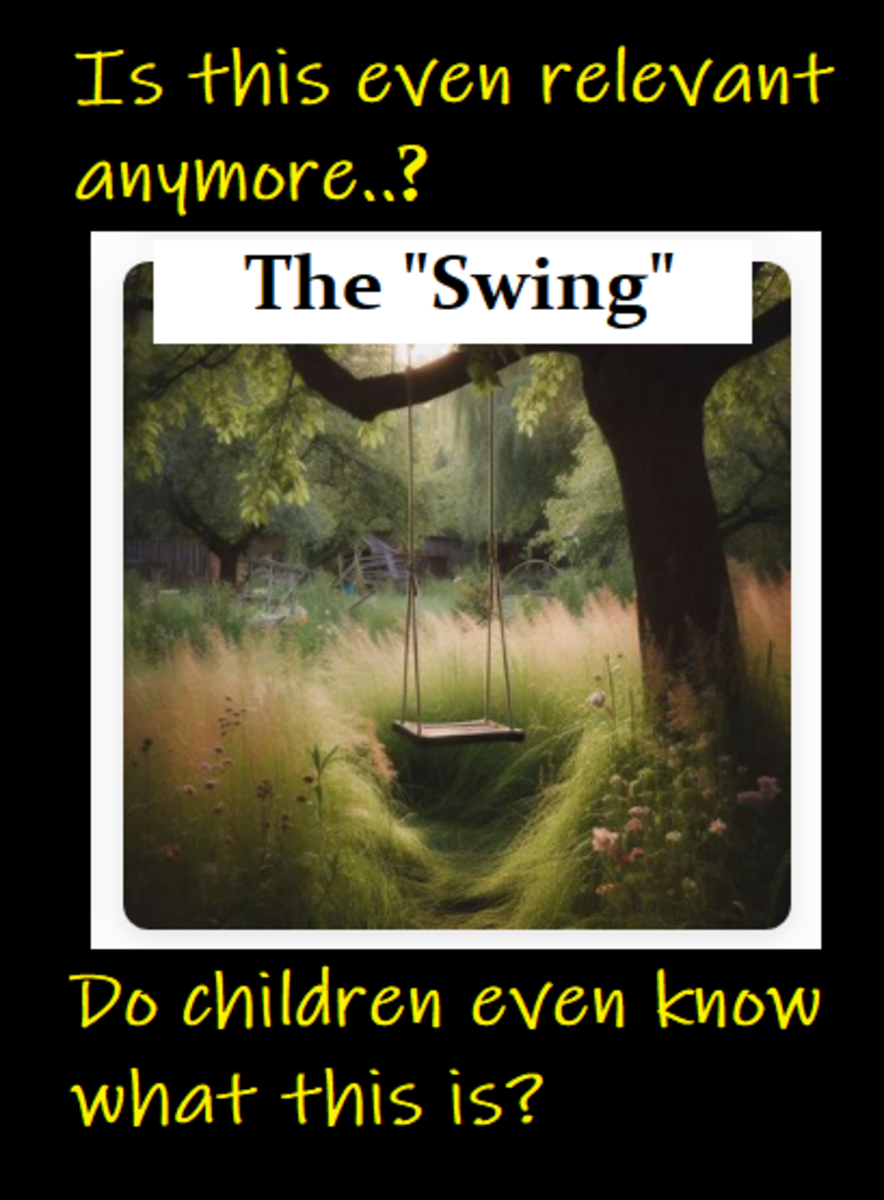Path to Self-Termination



In the Philippines, the youngest person who committed suicide was a 9-year old kid who jumped from a school building because she believed that she cannot escape poverty anymore. Note that this kid was studying. Another one, a 12-year old kid, jumped from a fly-over. Allegedly, he was intoxicated with solvent fumes and sees death as the only escape from their impoverished life.
Not that I haven't heard of suicide deaths. I've heard adult women and men who slashed their wrists, overdose on sleeping pills and other grotesque forms of self-termination but most of the reasons were because of broken hearts. But children? What's happening with the children and teenagers as well?
Are the challenges of everyday life too much for kids nowadays? Let's try to dissect this.
Access to World Wide Web information bloomed during the early part of the 20th century. This means that school assignments, term papers, and other related information are now readily available for school children as well as teenagers and college students. Therefore, gone are the days that one needs to drop by the National Library to have his assignment ready for the next day.
Along with the Internet, the booming business of telecommunications sprouted. You can now wire money and send messages with the click of a finger. Technology at the tip of your fingertips, so they say. Again, gone are the days that you need to find a public telephone or drop by a friend's house to call someone and deliver necessary messages for the day. In addition, most people today no longer use postage mail, otherwise called snail mail. Almost everyone rely on the fast and efficient electronic mail and short messaging system of mobile phones.
Let's not forget the many gadgets and software for games that is growing day by day. Children at an early age of four, desire those hand-held gadgets. They no longer crave running and playing in a playground. Preschool children are the only kids who really stay in the playground these days. When they become acquainted with the perks of the gaming technology, the playground becomes nothing but a silent place, occasionally populated by dog walkers and yuppies having their coffee and nicotine breaks.
Our parents' generation up to that generation that enjoyed the transition of postage mail to electronic mail preference of sending missives bear witness as to how everything became easier for kids today. Everything was easy – would it have been different if they experienced the same backward technology or so-called “difficulties” or “hardships” of our generation? Would there be less suicidal acts? Would there be more stronger and holistically empowered individuals? I wish I have the answers to these questions.
When the kids of the earlier generation before the massive advancement in technology became parents, they seem to feel bad when their own kids experience the same hardships or lack of luxury. They tend to protect their own children from knowing how difficult it is to earn a living or how they save up just to buy a good pair of shoes. Are we unconsciously molding our children to become weak individuals?
This is not to say that advancement in technology is a bad thing. In fact, it is a very good one. It bridges the distance of two individuals who craves constant communication. Yet, this technology also became the stumbling block for children to prefer playing online games, sneaking a peek at porn websites than learning a new skill or honing their innate talents. In fact, most of them laugh at our ignorance in using varied software and new models of telecommunication gadgets.
If I remember it right, it is during the primary school years that children were taught on the basics of introducing a person, like who should you mention first, how you will address the person and so on. Among ten kids who are very well-versed with the gaming technology, I would be very thankful to find one who remembered that lesson – it would mean that kid somehow attained a balance between interpersonal interaction and information technology.
Ease of communication was the primary purpose of the many technological development – the human desire to reach out, talk, interact – the thirst for human interaction. Yet somehow, many of today's children are going astray. Instead of becoming holistically-developed individuals, children mutate into technologically diverse generation with poor coping and interpersonal skills, most of them, willing travelers towards the path of self-termination.








